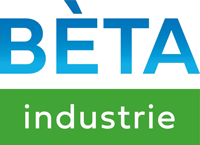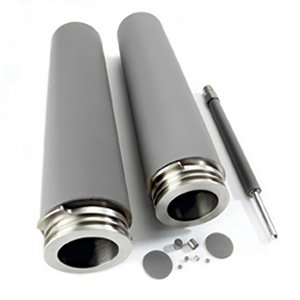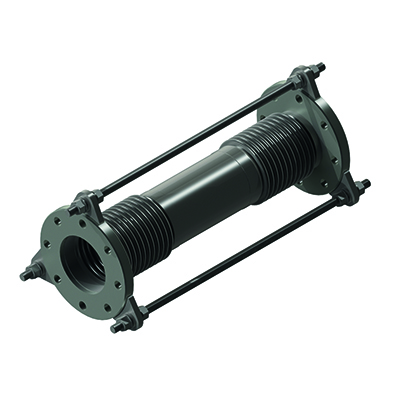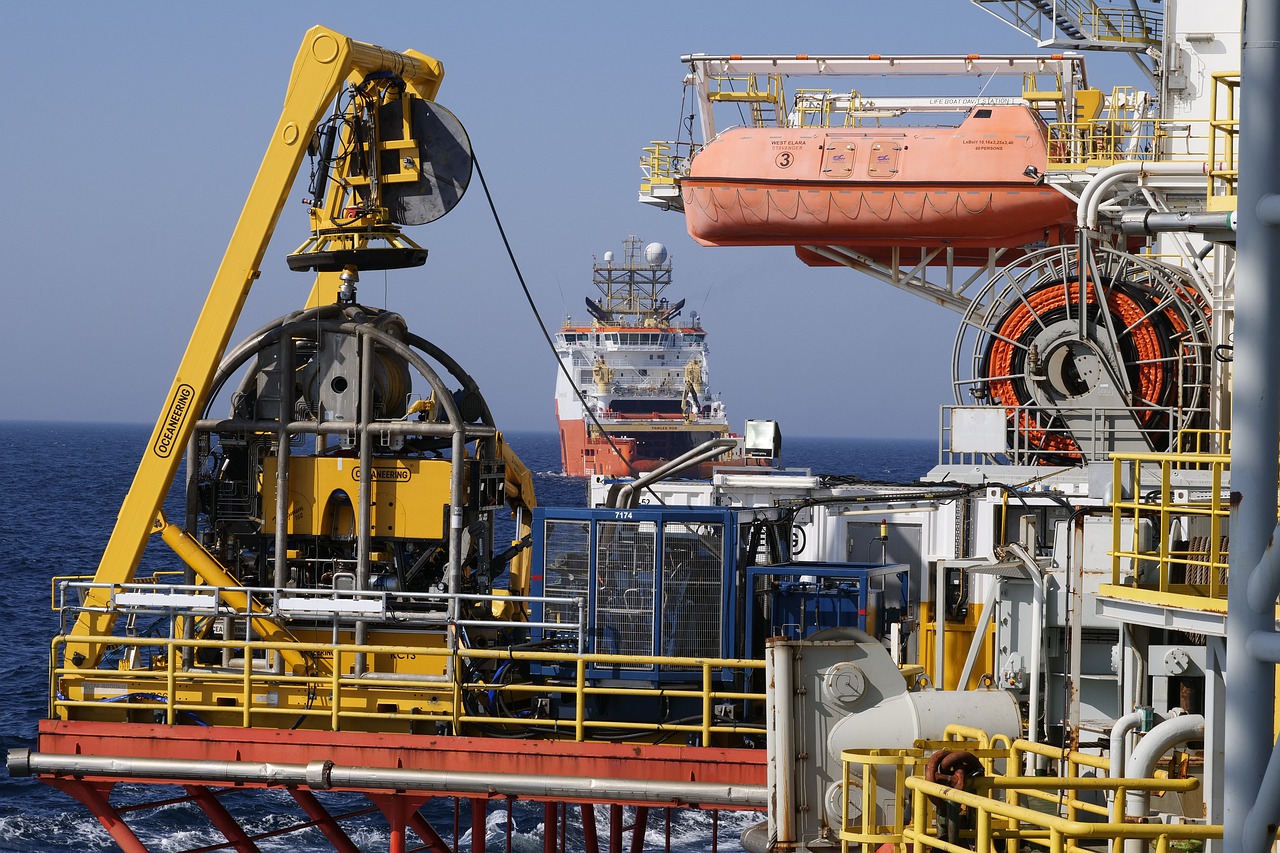Steam Methane Reforming
In addition to the previously described green hydrogen from electrolysis, gray and blue hydrogen are also very common. In fact, currently about half of all hydrogen produced comes from these two categories. This method uses Steam Methane Reforming (SMR), in which natural gas, or methane (CH4) reacts under high temperature with water (H2O) in the form of steam, usually in the presence of a catalyst such as nickel. This reaction produces carbon monoxide (CO) and hydrogen (H2), with an additional reaction step between the carbon monoxide and steam bringing further hydrogen and carbon dioxide (CO2). This carbon dioxide causes emissions for gray hydrogen, making this method suboptimal for the growing market demand. With blue hydrogen, the carbon dioxide produced is captured and then stored or processed, resulting in significantly fewer, or even no direct emissions at all.
Given the delicate balance of incoming streams at Steam Methane Reforming, it is important that the process is safe and predictable. The presence of unwanted particles, even a few microns in size, can have negative consequences for both the components within the SMR installation, for example the valuable catalyst, and for the efficiency of the entire process. The use of suitable filters is therefore invaluable, especially with the constantly growing demand for hydrogen as a product. This also considers the fact that the process takes place under pressure and elevated temperatures, which, due to the presence of ultra-pure water as input, creates an aggressive and challenging environment. As a result, custom filters or filters made from exotic materials are often required in order to provide optimum security and quality.
The right filters cannot be excluded from the output of SMR installations either. The produced hydrogen and carbon dioxide must be separated before it can be used as an end product. This is done using Pressure Swing Adsorption (PSA) or Temperature Swing Adsorption (TSA). A bed of adsorbent material is saturated with carbon dioxide and the hydrogen remains in pure form. This bed requires protection on the input side to prevent damage and pressure loss, as well as safety filters on the output side to filter any adsorbent grain particles from the hydrogen stream. Furthermore, the hydrogen will have to be delivered dry and pure, which involves industrial coalescers.
Given the competitive and mature market for SMR installations, even the smallest advantage in efficiency, ease of use or security in the process can be of great value. It is for this reason that advice and design from BÈTA industrie regarding this application is indispensable. Through knowledge and experience with the different flows and the challenges that each entails, we can realize an optimal process like no other by using the right filters for the right purposes. We like to think along for all SMR installations, from innovative start-ups to the largest industrial production facilities for hydrogen.
- Disclaimer
- Sitemap
- Links
- © BÈTA industrie 2025. Alle rechten voorbehouden.





